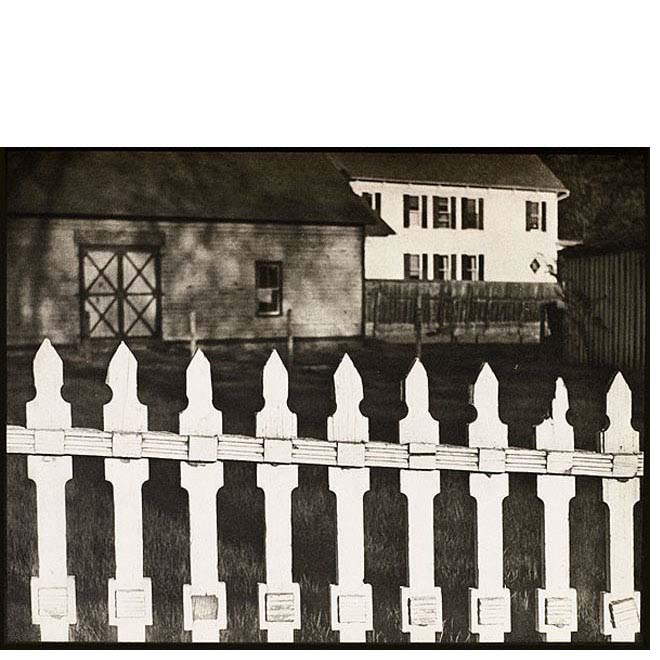

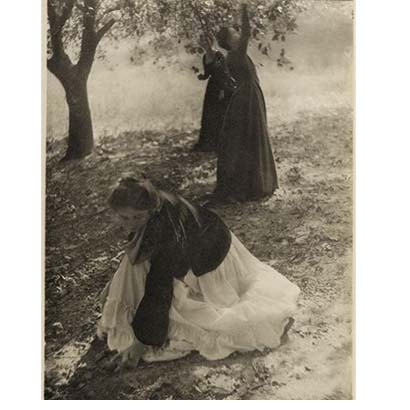
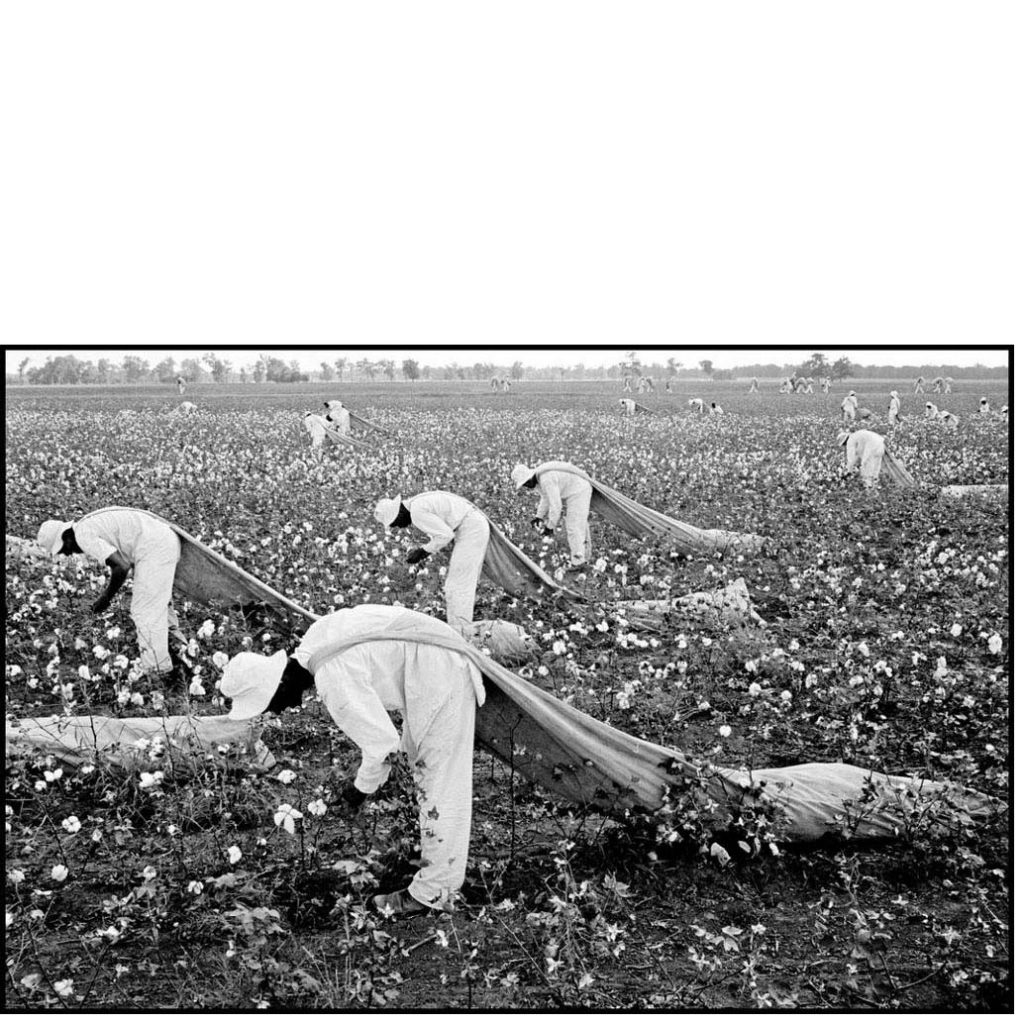
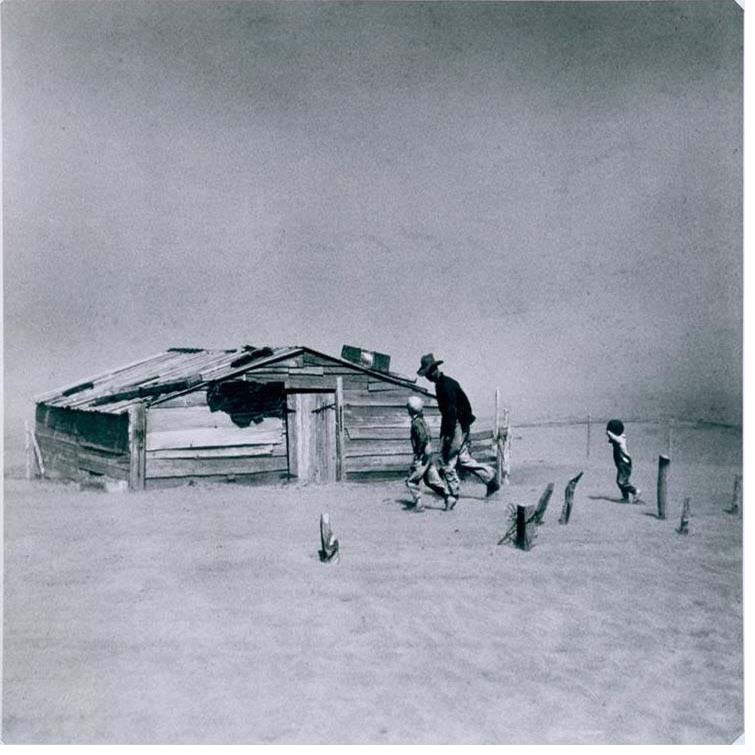
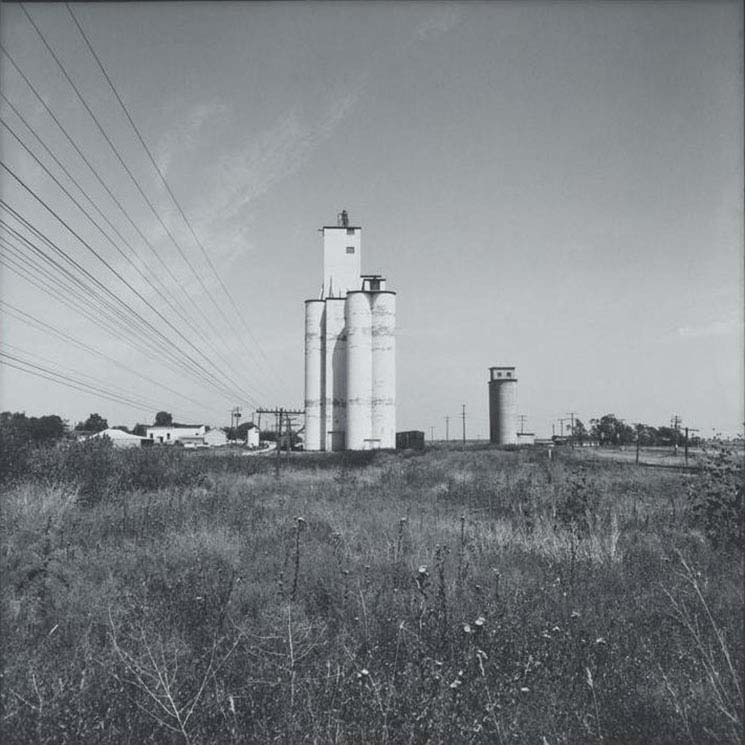
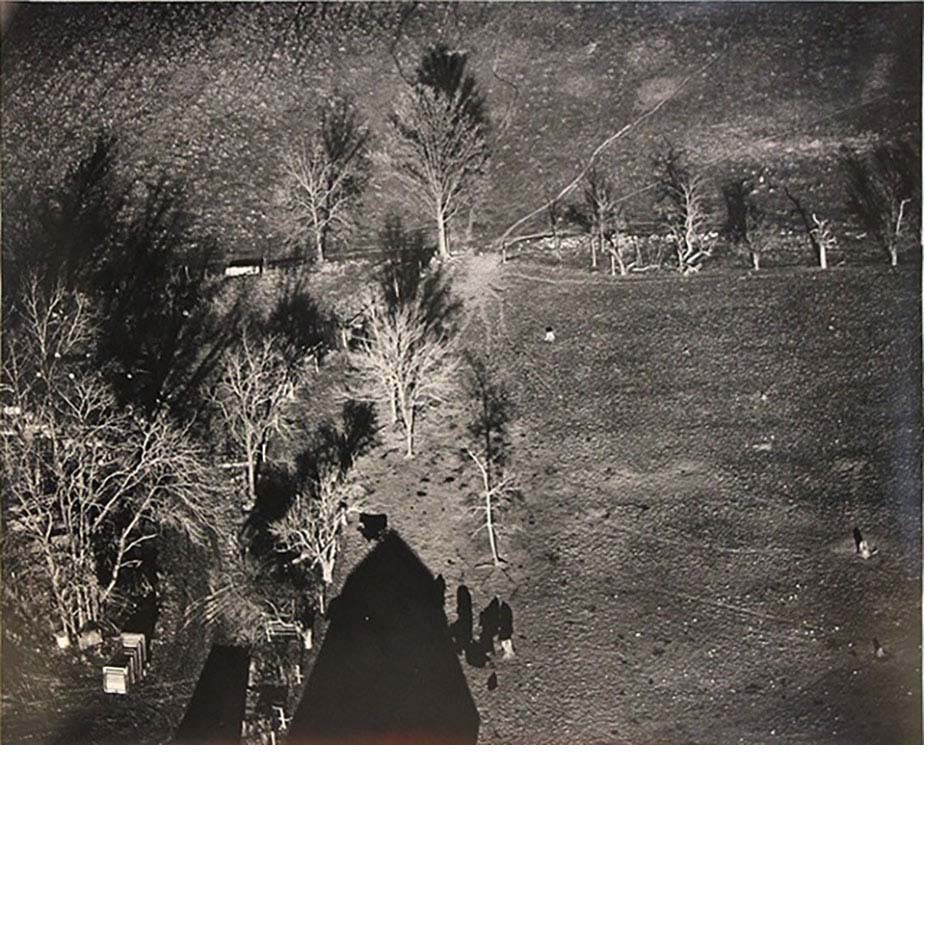
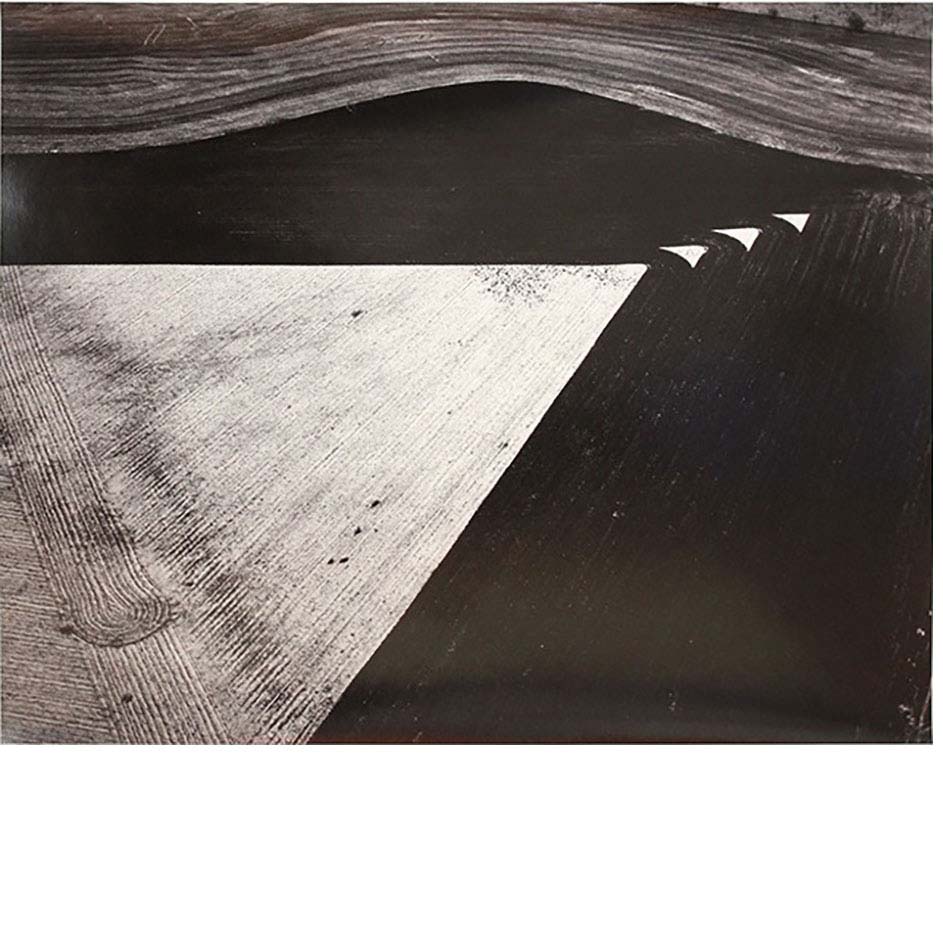

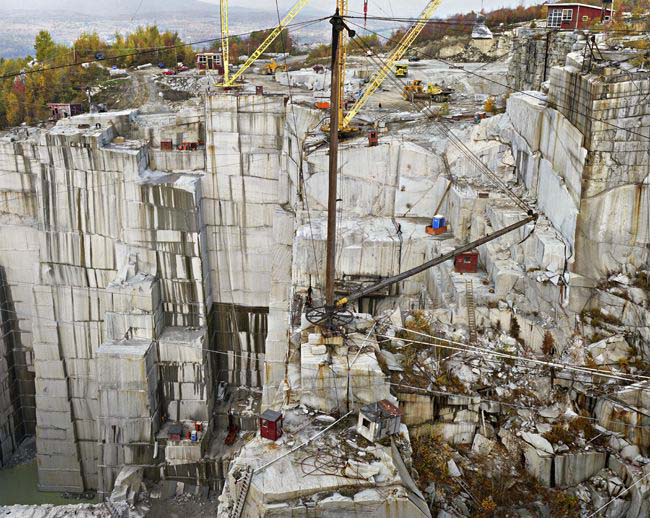
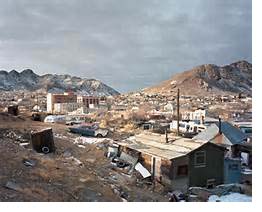

Culture turns space into place. Marking, mapping, fencing, farming, mining—all these actions define power relationships in which human actions shape the appearance and use of the land. Taming and naming the landscape was a central component of the nineteenth-century frontier narrative. As Philip Shabecoff writes, “Manifest Destiny became an irresistible force for altering nature. By clearing a patch in a forest, building a home, plowing a field, driving cattle, constructing a road, using and throwing away farm implements, diverting a stream, building a mill, laying track, digging a mine, the Americans who spread across the continent changed the natural environment, and they did it with breathtaking speed.” 1 (text with tooltip) Philip Shabecoff, <em>A Fierce Green Fire: The American Environmental Movement</em> (Washington, DC: Island Press, 2003), p. 11.
The photographs in the Fenced, Farmed, Mined section draw attention to the altered landscape, as photographers record the stories and appearance of agriculture and resource extraction. In the process, they also touch on power relationships among humans, as workers, and between humans and the forces of nature. Modern agricultural practices have led to pollution from pesticides and fertilizers, ground water contamination, soil erosion and sedimentation, and the polluting effects of animal waste. Mining has resulted in the creation of toxic landscapes and resource deletion.
Professor Steve Trombulak discusses environmental impacts of agriculture: